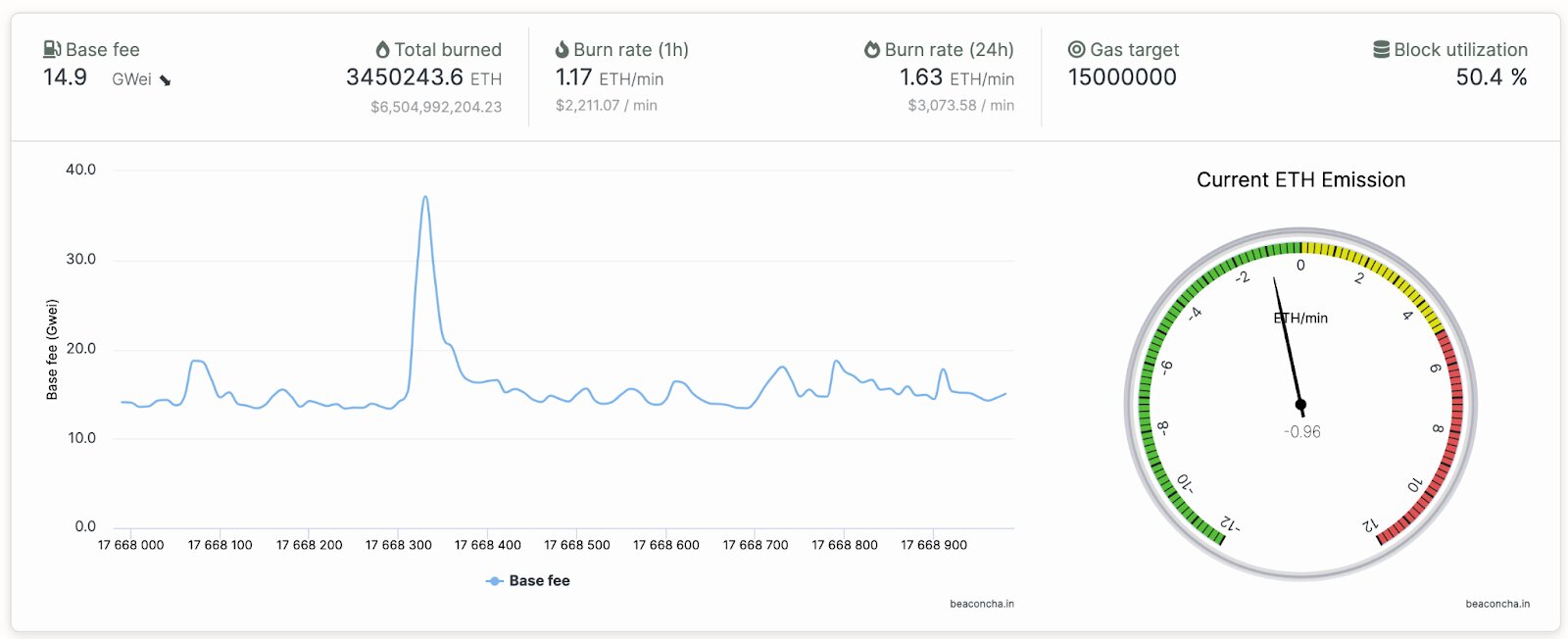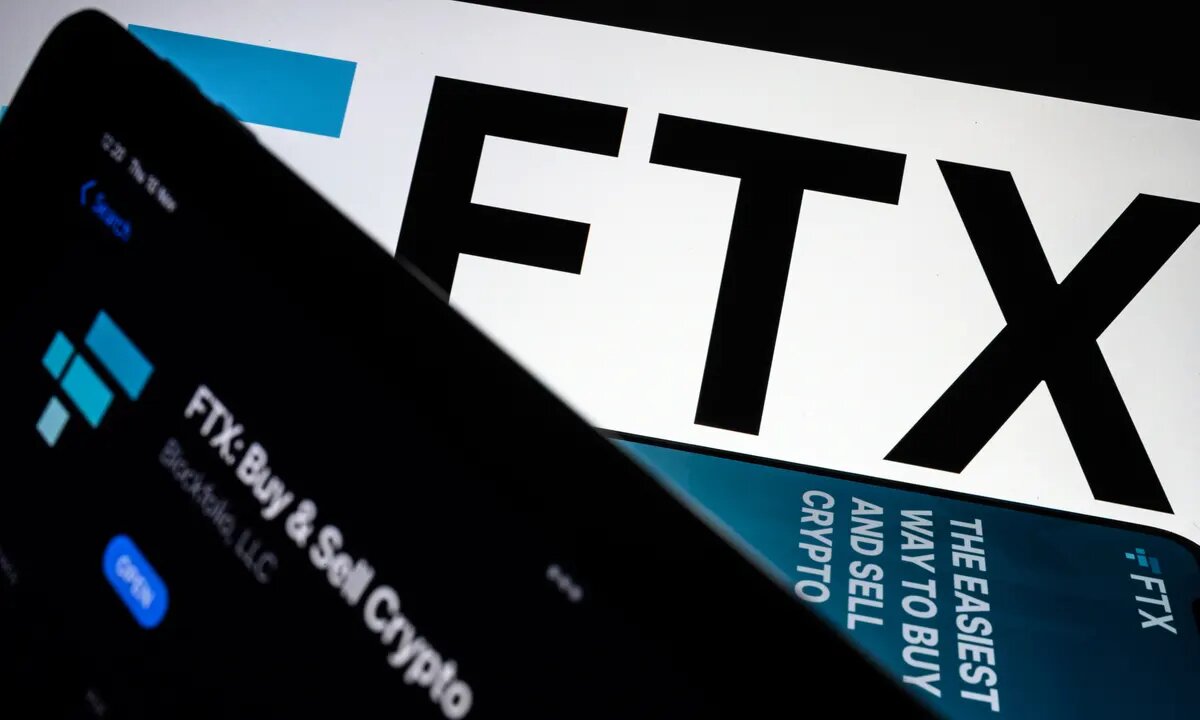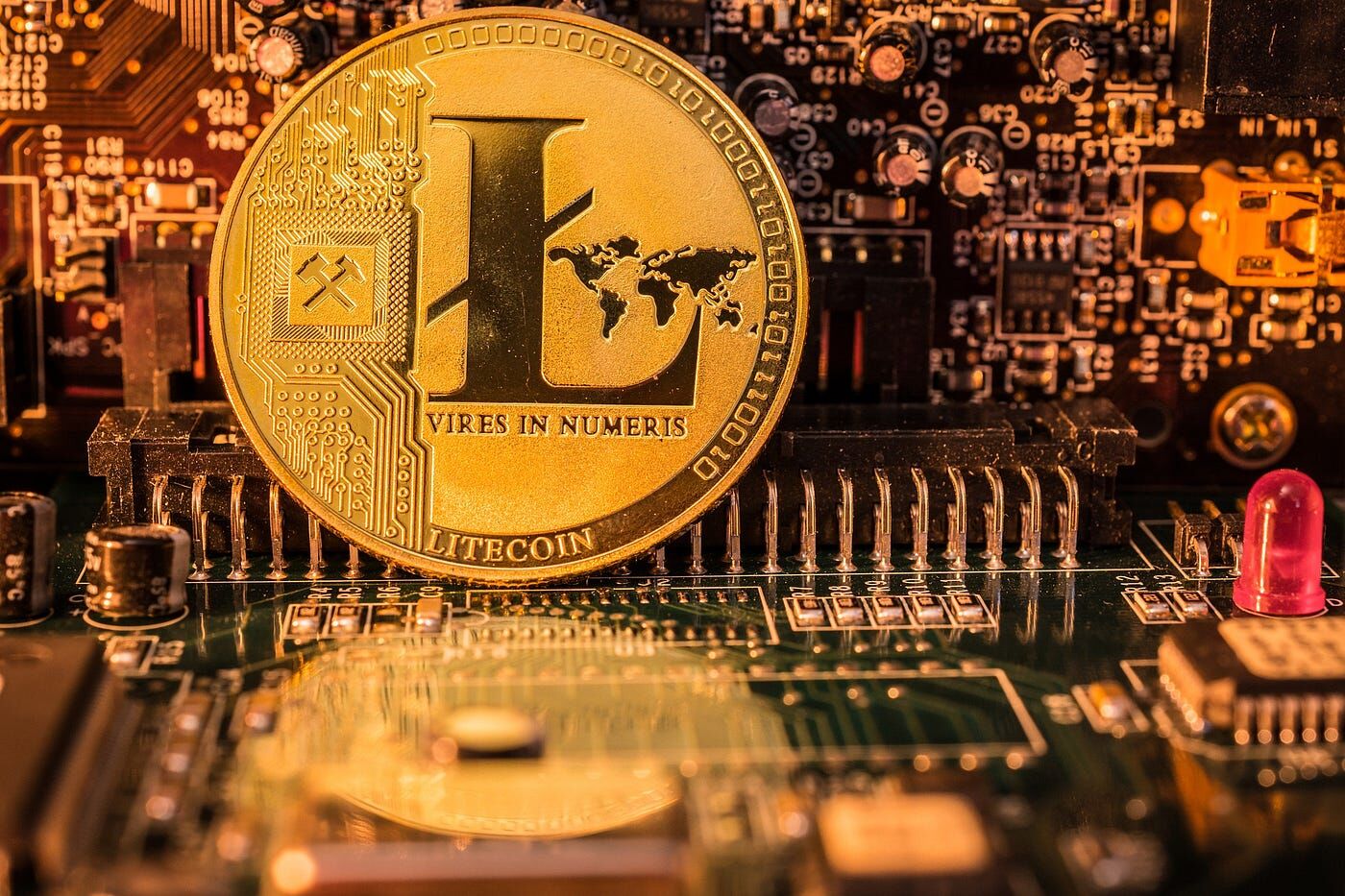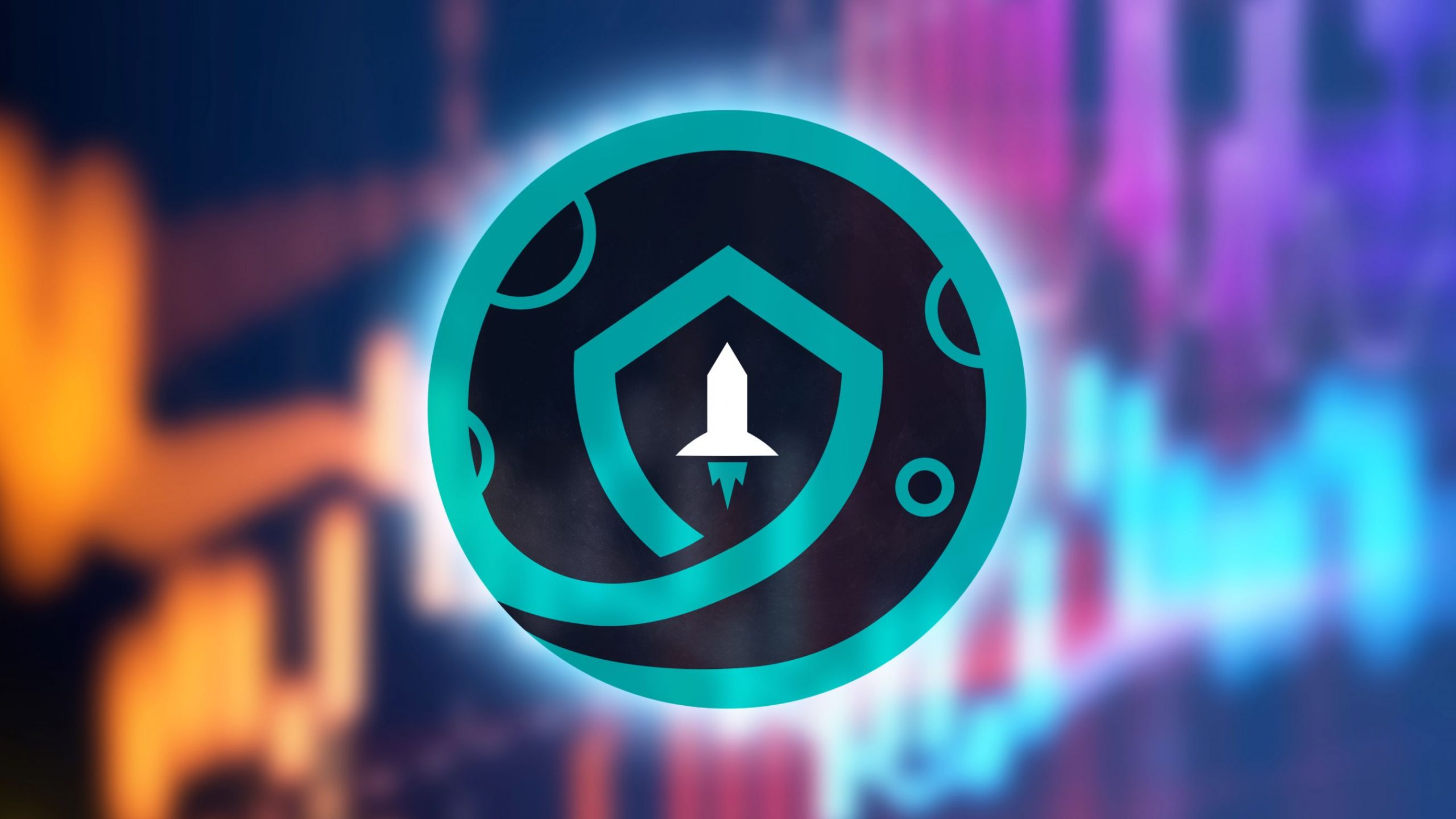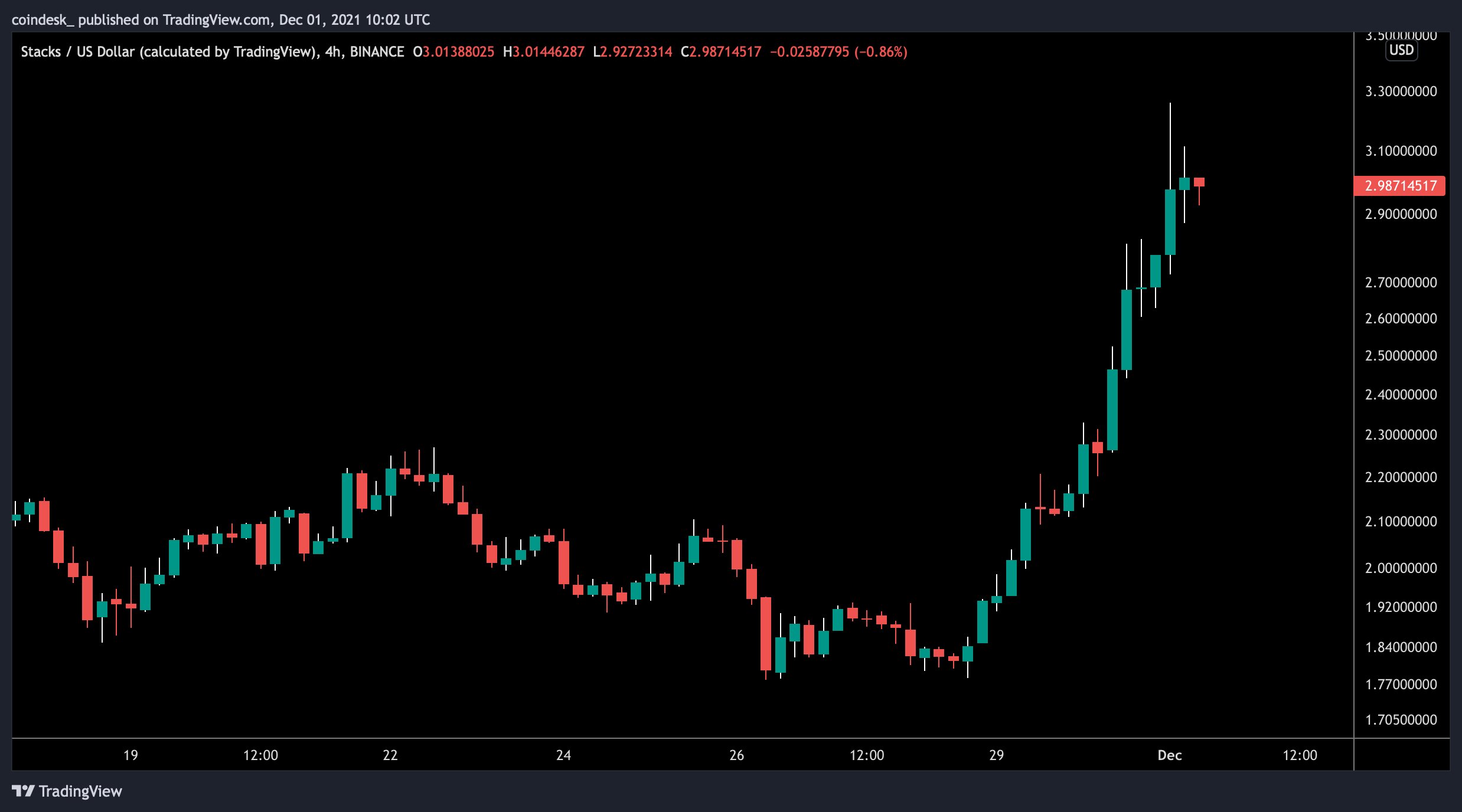Introduction
Welcome to the exciting world of cryptocurrency and the intriguing concept of burning crypto. In recent years, cryptocurrencies have gained significant popularity, revolutionizing the way we transact and store value. With the rise of cryptocurrencies such as Bitcoin, Ethereum, and many others, the burning of crypto has emerged as an intriguing and sometimes controversial practice.
But what exactly does it mean to burn crypto? Why would someone want to do so? And how does one go about burning crypto? In this article, we will explore these questions and shed light on the concept of burning crypto and its significance in the cryptocurrency ecosystem.
Before we delve into the intricacies of burning crypto, let’s first understand what cryptocurrency is and how it functions.
Cryptocurrency, often referred to as digital or virtual currency, is a form of digital or virtual asset that relies on cryptography for security. Unlike traditional fiat currencies, such as the US dollar or the Euro, cryptocurrencies are decentralized and operate on a technology called blockchain.
Blockchain technology is essentially a digital ledger that keeps a record of all transactions made with a particular cryptocurrency. These transactions are stored in blocks, which are then linked together chronologically, forming a chain. The decentralized nature of blockchain ensures transparency, security, and eliminates the need for intermediaries like banks.
Now that we have a basic understanding of what cryptocurrency is, let’s explore the concept of burning crypto.
What is Cryptocurrency?
Cryptocurrency is a digital or virtual form of currency that utilizes cryptographic technology to secure transactions and control the creation of new units. It operates independently of any central authority, such as a government or financial institution. The most famous and widely recognized cryptocurrency is Bitcoin, which was created in 2009 by an anonymous individual or group known as Satoshi Nakamoto.
Unlike traditional fiat currency, such as the US dollar or the Euro, cryptocurrencies are not physical objects. Instead, they exist purely in digital form and are stored in digital wallets. The ownership and transfer of cryptocurrencies are recorded on a decentralized ledger system called the blockchain.
The blockchain is a distributed and public ledger that serves as a transparent record of all cryptocurrency transactions. It consists of multiple blocks, each containing a list of recent transactions. These blocks are linked together in a chain-like structure, forming an immutable and tamper-proof record.
One of the key features of cryptocurrencies is their decentralization. Unlike traditional banking systems, where transactions are processed and verified by a central authority, cryptocurrencies rely on a network of computers, known as miners or nodes, to validate transactions and maintain the integrity of the blockchain. This decentralized nature enhances security, as it reduces the risk of a single point of failure or manipulation.
Another defining characteristic of cryptocurrencies is their limited supply. Most cryptocurrencies have a maximum supply cap, meaning that there is a finite number of coins or tokens that can ever exist. This limit is typically achieved through a process known as mining or through predetermined issuance rules. The scarcity of cryptocurrencies contributes to their perceived value and acts as a hedge against inflation.
One of the advantages of cryptocurrencies is the ability to facilitate fast and low-cost cross-border transactions. Traditional money transfers can involve significant fees and delays, especially when dealing with international transactions. Cryptocurrencies enable individuals to send and receive funds globally with minimal fees and reduced processing time.
Overall, cryptocurrencies offer a new paradigm for financial transactions, providing individuals with greater control over their money and challenging traditional financial systems. As the adoption and acceptance of cryptocurrencies continue to grow, their impact on the global economy and financial landscape is becoming increasingly significant.
How Does Cryptocurrency Work?
Cryptocurrencies work through a combination of cryptographic technology, decentralized networks, and consensus protocols. Let’s dive deeper into the inner workings of cryptocurrency to understand how this digital revolution operates.
At the heart of cryptocurrency is the blockchain, a decentralized ledger that stores all transactional data. The blockchain consists of a chain of blocks, with each block containing a collection of verified transactions. These transactions are encrypted using advanced cryptographic algorithms to ensure security and integrity.
When a transaction occurs, it is broadcasted to a network of computers, known as nodes, that validate and record the transaction. The nodes verify the transaction by confirming the sender’s ownership of the cryptocurrency, ensuring that the transaction has not been altered, and validating the availability of sufficient funds for the transfer.
Once the transaction is verified, it is bundled together with other transactions into a block. Each block is then linked to the previous block in the chain, creating a permanent and unchangeable record of all transactions. This decentralized nature of the blockchain ensures transparency, security, and eliminates the need for intermediaries such as banks or governments.
To incentivize nodes to participate in the validation process, most cryptocurrencies implement a consensus protocol. The most common consensus protocol is called proof of work (PoW), where nodes engage in solving complex mathematical puzzles to validate transactions and secure the blockchain. The node that solves the puzzle first earns the right to create the next block and is rewarded with newly minted cryptocurrency.
In addition to proof of work, other consensus algorithms, such as proof of stake (PoS) or delegated proof of stake (DPoS), have emerged. These alternatives use a different approach to validate transactions and secure the network, often based on the amount of cryptocurrency held by the nodes or by a selected group of trusted validators.
Once a transaction is confirmed and added to the blockchain, it becomes a permanent part of the ledger, visible to anyone with access to the network. This transparency allows for public auditing, which enhances trust and accountability in the cryptocurrency ecosystem.
Another essential component of cryptocurrency is the digital wallet. A digital wallet is a software application that allows users to store, send, and receive cryptocurrencies. Each wallet is associated with a pair of cryptographic keys: a public key, which is used to receive funds, and a private key, which is used to sign and authorize transactions.
It’s important to note that the security of cryptocurrency transactions and wallets heavily relies on the safekeeping of private keys. Losing or compromising these keys can result in the loss of funds, making it crucial for users to take necessary precautions to protect their digital assets.
Overall, cryptocurrencies work by leveraging the power of cryptography, decentralization, and consensus to enable secure, transparent, and peer-to-peer transactions. This disruptive technology has the potential to revolutionize various industries and reshape the future of finance.
The Concept of Burning Crypto
In the world of cryptocurrency, the concept of burning crypto refers to the deliberate and permanent removal of a certain amount of cryptocurrency from circulation. Unlike traditional methods of disposing of assets, such as selling or destroying physical goods, burning crypto involves a unique process specific to the digital nature of cryptocurrencies.
When a cryptocurrency is burned, it means that the specified amount of tokens or coins is sent to an unusable address, commonly referred to as a “burn address” or a “black hole.” Once the tokens or coins are sent to this address, they become unspendable and are essentially taken out of circulation forever.
The process of burning crypto is typically conducted by the developers or creators of the cryptocurrency. It can be done through various means, such as sending the tokens to a designated address or smart contract that has been programmed to ensure they cannot be accessed or retrieved.
While burning crypto may seem counterintuitive at first, it serves several important purposes within the cryptocurrency ecosystem. One of the primary reasons for burning crypto is to reduce the total supply of a particular cryptocurrency. By decreasing the supply, the remaining tokens or coins become scarcer, which can potentially increase their value and market demand.
Burning crypto can also be used as a strategy to combat inflation. Some cryptocurrencies have built-in mechanisms that automatically burn a portion of tokens or coins as new ones are minted. This helps maintain a balance between supply and demand, preventing the devaluation of the cryptocurrency over time.
Additionally, burning crypto can be employed as a means of removing tokens or coins that are no longer needed or serve any purpose within the project. It allows for the elimination of excess supply, streamlining the ecosystem and focusing on the essential aspects of the cryptocurrency’s utility or functionality.
Beyond its practical implications, the concept of burning crypto can also have psychological effects on investors and traders. The act of intentionally removing tokens or coins from circulation creates a sense of scarcity and exclusivity, potentially driving up demand and sparking investor enthusiasm.
Furthermore, burning crypto can be seen as a commitment from the cryptocurrency developers to the long-term viability and success of the project. By willingly reducing the supply or removing unnecessary tokens or coins, they demonstrate a dedication to maintaining the value and integrity of the cryptocurrency.
It’s worth noting that the decision to burn crypto is ultimately at the discretion of the cryptocurrency’s creators. It is essential for investors and users to stay informed about the intentions and motivations behind a specific cryptocurrency’s burning practices to fully understand its potential implications.
In the next section, we will explore why someone would want to burn crypto and the potential benefits and drawbacks of this practice.
Why Would Someone Want to Burn Crypto?
Burning crypto may seem like an unusual practice, but there are several reasons why someone might choose to do so. Let’s explore some of the key motivations behind burning crypto and the potential benefits it can bring.
1. Supply and Demand Dynamics: One of the primary reasons for burning crypto is to manage the supply and demand dynamics of a particular cryptocurrency. By reducing the total supply of tokens or coins through burning, the remaining supply becomes scarcer. This scarcity can potentially increase the value of the cryptocurrency and create a sense of exclusivity, attracting more investors and driving up demand.
2. Inflation Control: Burning crypto can be an effective strategy for combating inflation within a cryptocurrency ecosystem. By burning a portion of tokens or coins, the overall supply is reduced, helping to maintain a balance with market demand. This controlled approach prevents the excessive inflation that could devalue the cryptocurrency over time.
3. Elimination of Excess Supply: In some cases, a cryptocurrency project may have an excessive supply of tokens or coins that are no longer needed or serve any purpose within the project’s ecosystem. Burning these excess tokens or coins can streamline the project, focus on the essential aspects, and improve overall efficiency. This removal of unnecessary supply allows for a more coherent and impactful implementation of the cryptocurrency’s utility.
4. Token or Coin Utility: Burning crypto can enhance the utility and functionality of a cryptocurrency. By reducing the supply, the scarcity of the tokens or coins can improve their utility within specific applications or services. The limited supply can create a sense of value and exclusivity, making the cryptocurrency more desirable for its intended use cases.
5. Community Engagement: Burning crypto can be a way for a cryptocurrency project to engage and reward its community. Some projects incentivize their token holders by periodically conducting token burns. This act demonstrates the project’s commitment to its community, as well as its dedication to maintaining the value and integrity of the cryptocurrency.
6. Psychological Factors: The act of burning crypto can have psychological effects on investors and traders. By intentionally removing tokens or coins from circulation, a sense of scarcity and exclusivity is created. This scarcity can generate a feeling of FOMO (fear of missing out) among potential investors, driving up demand and potentially increasing the value of the cryptocurrency.
While there are clear motivations for burning crypto, it’s important to consider that there can also be potential drawbacks or criticisms associated with the practice. In the next section, we will explore how to burn crypto and the key considerations to keep in mind before engaging in this process.
How to Burn Crypto
If you are interested in burning crypto, it’s important to understand that the process can vary depending on the specific cryptocurrency and its underlying technology. However, here are some general steps that may be involved in the burning process:
1. Research the Cryptocurrency: Begin by researching the cryptocurrency you want to burn. Understand its purpose, utility, and the reasons why burning may be necessary or beneficial for that particular project. Familiarize yourself with the project’s whitepaper, official announcements, or community forums to gather relevant information.
2. Identify the Burn Address: Find out the burn address or the method specified by the cryptocurrency project for conducting the burn. The burn address is typically a wallet or a smart contract that has been programmed to receive the tokens or coins and make them unspendable.
3. Confirm the Burning Process: Ensure that you fully understand the burning process specific to the cryptocurrency you are dealing with. Some cryptocurrencies may require additional steps or specific procedures, such as signing a transaction with a specific message or providing additional information, to successfully burn the tokens or coins.
4. Prepare Your Wallet: If you are burning tokens or coins from a personal wallet, make sure that you have access to your private keys or seed phrase. This is crucial for signing the transaction and authorizing the burning process. If you are using a third-party exchange or platform, you should check if they support the burning process and follow their specific instructions.
5. Initiate the Burn Transaction: Once you have gathered all the necessary information and are ready to proceed, initiate the burn transaction. This typically involves sending the specified amount of tokens or coins to the designated burn address. Double-check the burn address to ensure accuracy and avoid any irreversible mistakes.
6. Verify Completion: After initiating the burn transaction, monitor the blockchain explorer or any provided tools to confirm the successful completion of the burning process. It may take some time for the transaction to be processed and for the tokens or coins to become unspendable.
7. Keep Records: It’s important to keep detailed records of your burn transaction, including the transaction hash or ID for reference. This will allow you to track the burned tokens or coins and provide proof of the burning process if needed in the future.
Remember, burning crypto is irreversible, meaning once the tokens or coins are sent to the burn address, they cannot be retrieved or used again. It is crucial to double-check all the steps, addresses, and information before proceeding with the burn process to avoid any unintended consequences.
Always stay informed about the latest updates and guidelines from the cryptocurrency project or community. Each cryptocurrency may have its own unique requirements or specific instructions for burning, so following the official channels and recommendations is essential.
In the next section, we will explore some key considerations to keep in mind before engaging in the practice of burning crypto.
Key Considerations before Burning Crypto
Before engaging in the practice of burning crypto, there are several important factors to consider. These considerations will help you make informed decisions and mitigate potential risks associated with the burning process. Let’s explore some key considerations:
1. Project Legitimacy: Ensure that the cryptocurrency project you are dealing with is reputable and has a solid foundation. Conduct thorough research on the project’s team, technology, and roadmap. Verify their credibility and track record to minimize the risk of falling victim to scams or fraudulent schemes.
2. Understand the Purpose: Gain a clear understanding of the purpose and intention behind burning crypto within the specific project or ecosystem. Evaluate the stated goals and objectives of the burning process and determine how it aligns with the long-term vision of the cryptocurrency. Consider whether burning will truly add value or enhance the utility of the tokens or coins.
3. Tokenomics and Supply Structure: Analyze the tokenomics and supply structure of the cryptocurrency. Assess how the burning process will impact the overall supply and demand dynamics. Consider whether the reduction in supply will be significant enough to generate scarcity and potentially drive up the value of the tokens or coins.
4. Community Consensus: Gauge the sentiment and consensus within the community or user base of the cryptocurrency. Evaluate opinions, discussions, and feedback from community members to understand their perspectives on the burning process. Consider the level of support and enthusiasm within the community, as it can greatly influence the success and impact of the burning initiative.
5. Developer Communication: Stay updated with official announcements and communications from the cryptocurrency project’s development team. Developers often provide detailed explanations, rationales, and justifications for the burning process. Understanding their insights and perspectives can enhance clarity and ensure alignment with the project’s objectives.
6. Potential Market Impact: Assess the potential market impact that burning crypto may have. Consider the reactions of investors and traders to the burning process and evaluate the potential short-term and long-term effects on the cryptocurrency’s price and market dynamics. Ensure that you are comfortable with the potential volatility and associated risks.
7. Security Measures: Prioritize security measures to protect your funds during the burning process. Maintain control of your private keys or seed phrase, and exercise caution when sharing sensitive information. Be mindful of phishing attempts or fraudulent schemes that may exploit the burning process. Utilize trusted wallets and platforms to conduct the burning process if available.
8. Legal and Regulatory Compliance: Consider any legal and regulatory implications associated with the burning process, particularly with regards to tax obligations and compliance requirements in your jurisdiction. Ensure that you are adhering to local laws and regulations to prevent any legal issues or penalties.
By taking these key considerations into account, you can make informed decisions and navigate the burning process with greater confidence. As always, it is essential to conduct thorough research, seek reliable information, and exercise caution when engaging in any cryptocurrency-related activities.
In the next section, we will explore real-world examples of crypto burning to illustrate its practical application in different cryptocurrency projects.
Examples of Crypto Burning
The practice of burning crypto has been employed by various cryptocurrency projects, each with its own unique motivations and objectives. Let’s explore some notable examples of crypto burning to illustrate its practical application within the cryptocurrency ecosystem:
1. Binance Coin (BNB): Binance, one of the largest cryptocurrency exchanges by trading volume, regularly conducts token burns of its native cryptocurrency BNB. Binance uses 20% of its quarterly profits to buy back and burn BNB tokens until a cap of 100 million BNB is reached. This burning mechanism helps reduce the overall supply of BNB and potentially increases its value over time.
2. TRON (TRX): TRON, a blockchain-based decentralized platform for content sharing, has conducted multiple token burns as part of their token migration process. TRON migrated its tokens from the Ethereum blockchain to its independent blockchain. During the migration, a significant amount of TRX tokens were burned to ensure a smooth transition and to maintain the balance of supply and demand.
3. Ripple (XRP): Ripple, a blockchain-based payment protocol, implements a form of burning crypto indirectly through its transaction fees. Whenever a transaction is conducted on the Ripple network, a small amount of XRP is burned as a transaction fee. This continual burning of XRP helps regulate the network’s activity and serves as a disincentive for spam or excessive network usage.
4. EOS (EOS): EOS, a blockchain platform for decentralized applications, implements a unique approach to burning crypto. EOS has a deflationary mechanism that involves distributing newly minted tokens to holders who stake their tokens and vote for block producers. The staking process reduces the circulating supply of EOS tokens, effectively burning a portion of the tokens as they are locked up in voting and governance activities.
5. Stellar (XLM): Stellar, a distributed payment network, employs a burning mechanism called “inflation control” to manage its native cryptocurrency XLM. Stellar allows token holders to vote on the allocation of inflation rewards. However, the total inflation reward is fixed, and any unclaimed or unallocated XLM is burned, reducing the overall supply and preventing inflationary pressure on the cryptocurrency.
These examples highlight the different approaches and purposes behind burning crypto. Whether it is to regulate the supply, enhance scarcity, reward token holders, or ensure a smooth migration process, burning crypto serves as a valuable tool for managing and optimizing the functioning of various cryptocurrencies.
It’s important to note that these examples are just a snapshot of the diverse range of cryptocurrencies that have implemented burning mechanisms. The specific burning practices can vary significantly between projects, so conducting thorough research on individual projects is necessary to fully understand their unique burning processes and implications.
In the final section, we will explore the pros and cons of burning crypto to provide a comprehensive view of this practice.
Pros and Cons of Burning Crypto
Burning crypto can have several advantages and disadvantages, depending on the specific context and goals of the cryptocurrency project. Let’s explore the pros and cons of burning crypto to understand the potential benefits and drawbacks associated with this practice.
Pros:
1. Scarcity and Value Enhancement: Burning crypto can reduce the total supply of tokens or coins, increasing their scarcity. This limited supply can potentially drive up the value of the cryptocurrency, making it more desirable for investors and users.
2. Inflation Control: Implementing a burning mechanism can help manage inflation within a cryptocurrency ecosystem. By reducing the overall supply, burning crypto prevents excessive inflation and ensures a balance between supply and demand.
3. Streamlined Ecosystem: Burning excessive tokens or coins can streamline the cryptocurrency project and focus on the essential functionality or utility. This streamlining can enhance the efficiency and effectiveness of the ecosystem and make it more aligned with the project’s objectives.
4. Community Engagement: Token burns can incentivize and engage the cryptocurrency community. When regular burns are conducted, it demonstrates the project’s commitment to rewarding token holders and maintaining the value of the cryptocurrency.
5. Psychological Impact: Burning crypto can create a psychological impact on investors and traders. The perception of scarcity and exclusivity resulting from token burns can generate FOMO (fear of missing out), driving up demand and potentially increasing the value of the cryptocurrency.
Cons:
1. Irreversible Process: Burning crypto is a permanent process, meaning that once the tokens or coins are sent to the burn address, they cannot be retrieved or used again. This irreversible nature carries risks, and any mistakes in the burning process can result in the loss of funds.
2. Lack of Transparency: Although burning is often viewed positively, the lack of transparency surrounding the actual burning process can raise concerns among investors and users. Without clear and verifiable mechanisms, doubts may arise regarding the true intent and execution of burning initiatives.
3. Market Volatility: Token burns can introduce market volatility, with the potential for a short-term spike in demand followed by a subsequent decrease in value. Investors should be prepared for price fluctuations and understand the potential risks associated with increased market volatility.
4. Regulatory and Legal Considerations: Depending on the jurisdiction, burning crypto may have legal and regulatory implications, particularly regarding tax obligations. It is essential to understand and comply with relevant laws and regulations to avoid any legal issues or penalties.
5. Community Disagreements: Token burns can sometimes be met with disagreements within the cryptocurrency community. Different stakeholders may have divergent views regarding the necessity, frequency, or execution of burning initiatives, leading to potential tensions within the community.
It’s important to consider these pros and cons in the context of each specific cryptocurrency project when evaluating the impact of burning crypto. Project developers and stakeholders should assess these factors carefully to determine whether burning crypto aligns with their goals, community dynamics, and the overall sustainability of the project.
In the concluding section, we will wrap up the article and summarize the key points discussed throughout.
Conclusion
The concept of burning crypto has become an intriguing and sometimes controversial practice within the cryptocurrency ecosystem. Through the deliberate and permanent removal of tokens or coins from circulation, burning crypto can have various implications for supply and demand dynamics, inflation control, and community engagement.
Cryptocurrency projects employ burning mechanisms for different reasons, such as enhancing scarcity, streamlining ecosystems, and rewarding token holders. The process involves sending tokens or coins to a non-retrievable burn address, effectively reducing the overall supply and potentially increasing the value of the cryptocurrency.
While burning crypto has its benefits, it also comes with considerations and potential drawbacks. The irreversible nature of the process, lack of transparency, market volatility, regulatory implications, and community disagreements all have to be carefully evaluated by project developers and stakeholders.
Real-world examples such as Binance Coin, TRON, Ripple, EOS, and Stellar illustrate the practical application of burning crypto in different cryptocurrency projects, showcasing the diversity of motivations and objectives behind the practice.
By understanding the advantages and disadvantages of burning crypto, individuals can make informed decisions and navigate the cryptocurrency landscape with greater clarity. Thorough research, community engagement, and adherence to legal and regulatory compliance are critical when engaging in any burning process.
As the cryptocurrency ecosystem continues to innovate, the practice of burning crypto will likely evolve and find new applications. Whether employed to manage supply and demand dynamics, control inflation, or enhance the value proposition of a cryptocurrency, burning crypto reflects the dynamic nature of this digital revolution.
Understanding the concept of burning crypto opens up new possibilities and perspectives in the world of cryptocurrencies. By staying informed and exploring the potential benefits and risks associated with burning, individuals can contribute to the vibrant and ever-evolving cryptocurrency ecosystem.







